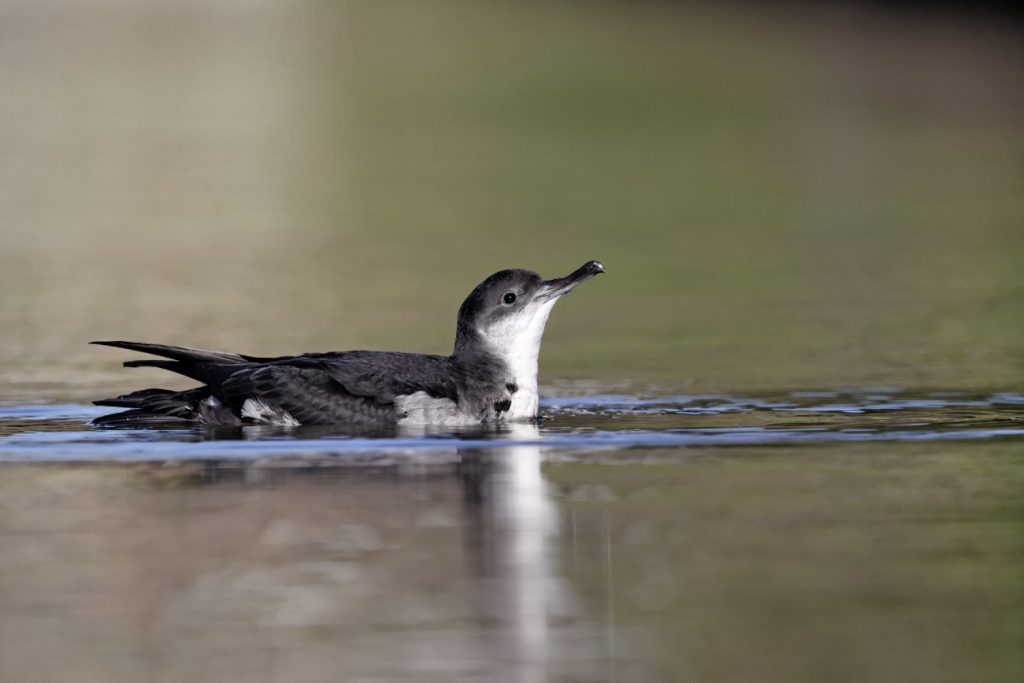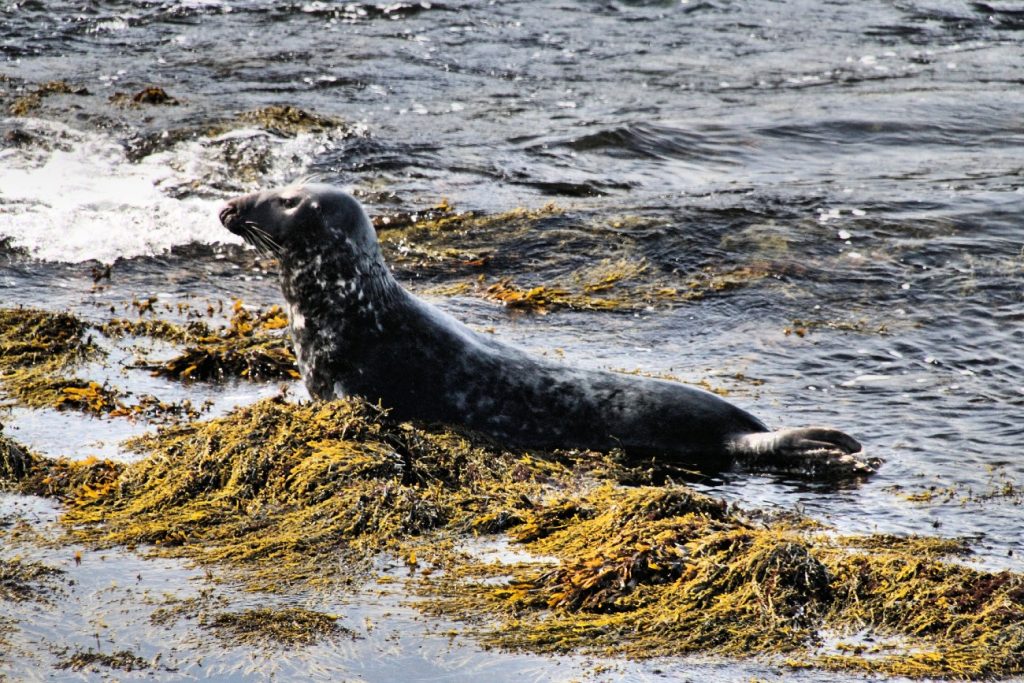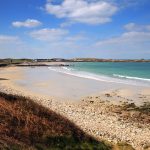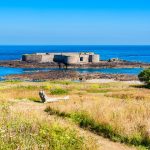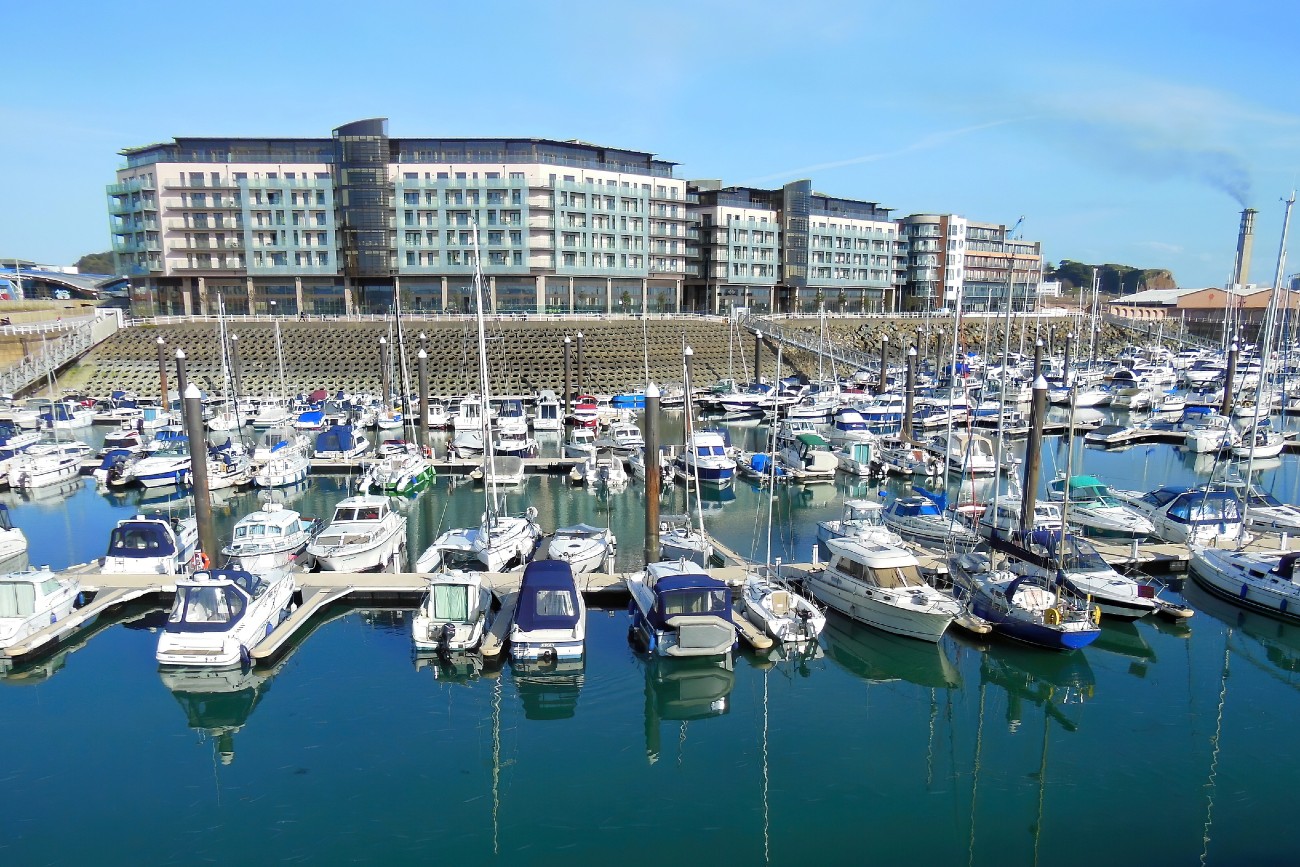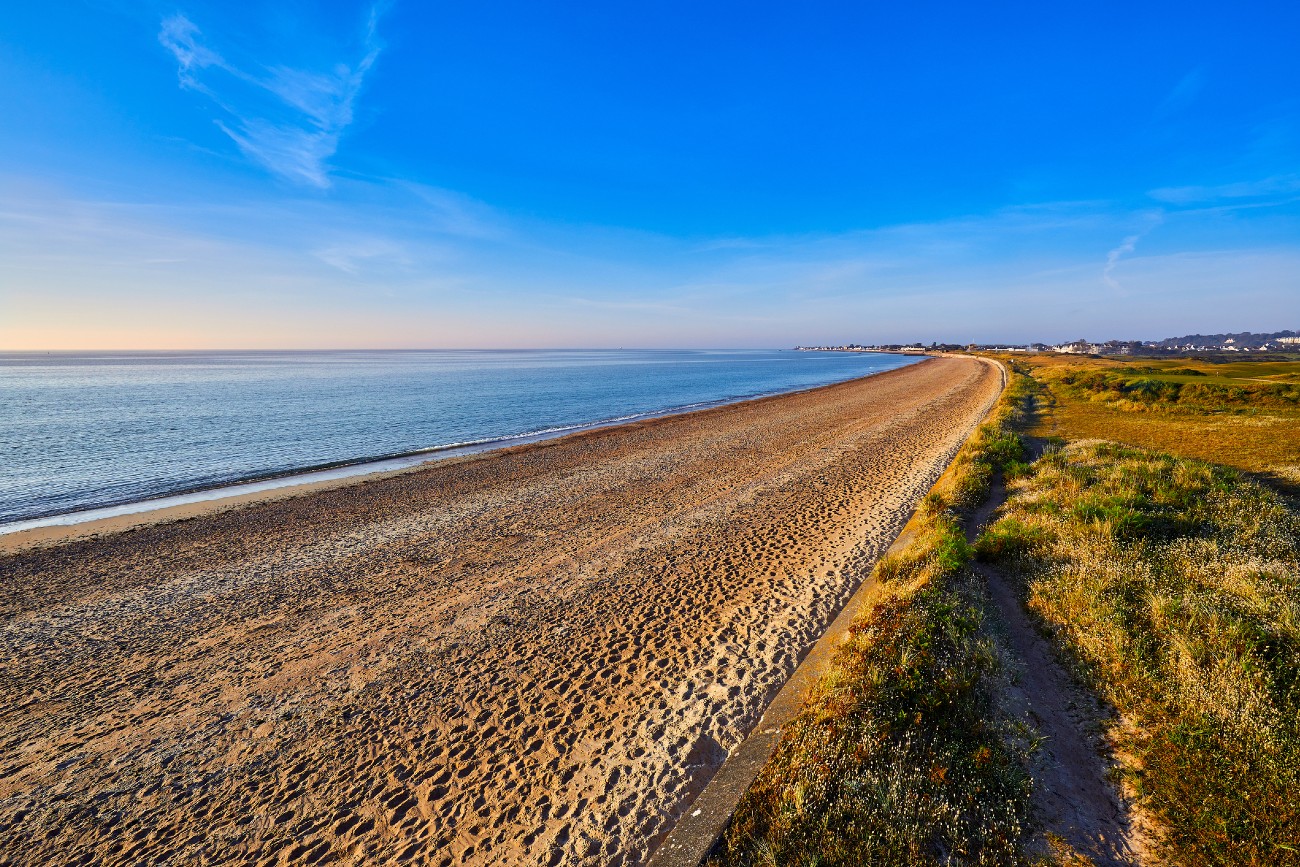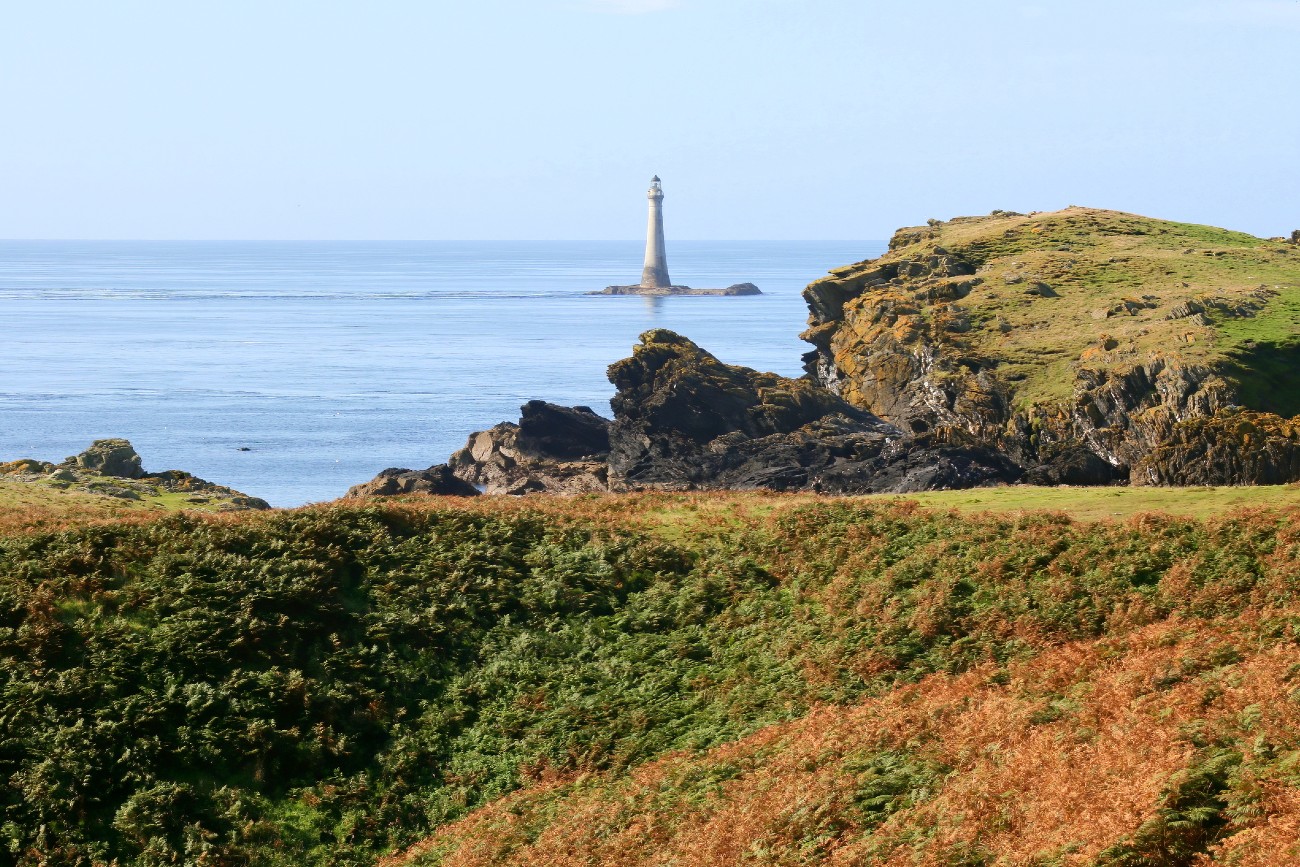
The Isle of Man’s 95 miles of coastline are peppered with small rocks and islands, with dramatic seascapes at every turn. At its southern tip, the Isle of Man is separated from the largest of its offshore islands by 700 yards of turbulent water – a strait known as the Sound of Man. The water here is notorious for its violent tides, which surge between the two islands and make it a treacherous region to navigate. The island on the other side of the sound is known as the Calf of Man, and is owned and cared for by Manx National Heritage.
The Calf of Man covers an area of just under one square mile and rises to around 421 feet at its highest point. The island gets its name from the Scandinavian word kalfr, meaning a small island which lies adjacent to a larger one. Being an area of truly remote beauty, the Calf’s landscape is largely untouched by the human hand, with the only residents being two seasonal wardens who live on the island during the summer. As a result, it’s one of the best places in the Isle of Man to get away from the regular thrum of human life and enjoy some time spent in nature.
Boat trips to the Calf are available for those seeking to visit, although these are always weather dependant. It can be an experience in itself to cross the Sound of Man, but one that will reward you with the chance to explore the tranquil headlands, scenic coastline and fabulous wildlife that resides on the Calf.
A Bird Observatory
The Calf of Man lies on a major bird migration route and it is therefore one of the best places in the Isle of Man for birdwatching. The entire island is designated as a nature reserve and it was officially recognised as a Bird Observatory in 1962, being the site for frequent ornithological studies.
The Bird Observatory was constructed at the centre of the island and welcomes visitors from spring until autumn each year. 33 species of seabird are known to breed on the island, with many building their nests on the Calf’s slate cliffs and rocky headlands.
Kittiwakes, Razorbills and Shags are all particularly common, but the island is perhaps best known for its population of Manx Shearwater. In the 13th century, Viking raiders reported being terrified by haunting noises during the night while their ships lay resting in the Sound of Man.
Back then, the Vikings had no idea what was making the sounds, but we now know them to be the calls of the Manx Shearwater – a species which has lived in Manx waters for centuries.
Being true seabirds, the Shearwaters do not feel comfortable on land overnight, so they gather in large rafts on the ocean and call to each other in the darkness.
Many other bird species can be found on the island, thriving in the pristine heathland habitats that dominate the landscape. The heather is not only great for birds, it also makes for a wonderful sight for visitors during the summer months, as the flowers turn the island a vibrant shade of purple.
Summer is my favorite time to visit the Calf of Man, with the favourable weather making it a great time for walking. There is much to explore on the island, despite its size, with the dramatic cliffs on the southern tip being home to no less than three lighthouses. I visited the Calf of Man last summer with my friends and we all fell in love with this tiny island.
- Manx Shearwater
- Grey Seal
Seal of Approval
While the Calf of Man might be best known for its Manx Shearwaters, another fantastic species to watch out for on a visit is the Grey Seal. The island’s rocky coastal habitats and lack of human disturbance make it an ideal place for this species, with a large population living here all year-round.
The Sound of Man is a particularly favourable spot for these marine mammals, with many gathering to ‘haul out’ onto the rocks at low tide. They do this in order to rest after long periods spent hunting for fish, and it can be a very entertaining to watch them as they jostle amongst each other for the best seat in the house.
During the autumn, Grey Seals come ashore to breed and give birth to young. Despite the adults having dark grey fur, the young pups are born with a fluffy white coat which they keep for several weeks. During this time, they make for adorable sights, but they require constant care from their mothers as their downy fur makes it impossible for them to swim or catch fish for themselves. After eating enough food to triple in size, the pups leave the shores on which they were born to fend for themselves.
Many regions of the Isle of Man carry an air of remote serenity, but the Calf of Man is perhaps the epitome of this. Its incredible diversity of birdlife is reason enough to visit, but the views and walking opportunities make this coastal destination even better.
Going back to the Isle of Man, you should not miss these adventures: Adventures In The Isle Of Man


